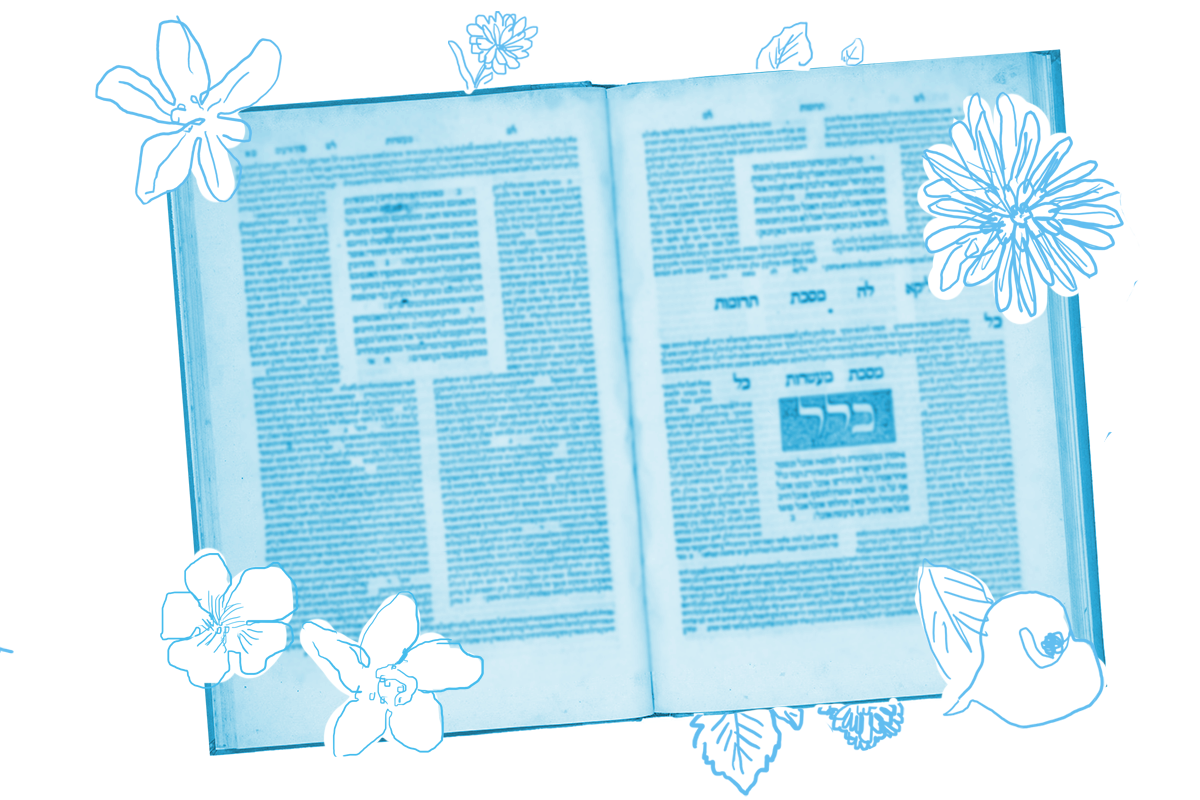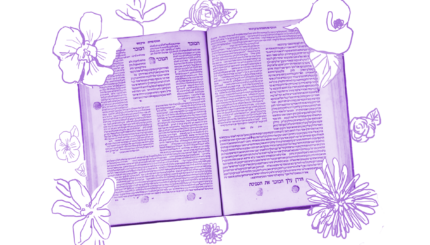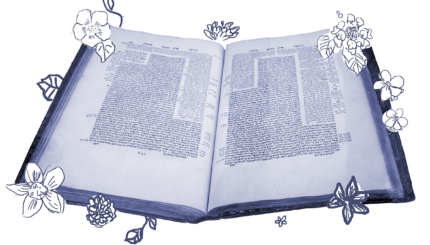On today’s daf, Rabbi Yirmeya bar Abba shares the following.
The sages sent the following message to Shmuel from the study hall of Rav: Our teacher, instruct us with regard to the case where the craftsman says: “You fixed two coins as my payment;” and the other (the employer) says: “I fixed only one coin as your payment.” Who takes an oath?
Shmuel told them: In that case, the employer shall take an oath to support his claim and the craftsman shall lose the difference.
Narratives like this one preserve the earliest evidence of the responsa literature which became the dominant form of rabbinic legal writing in Babylonia during the centuries that followed the closing to the Talmud. As Jewish communities spread out throughout the Mediterranean world, many did not have a local rabbinic authority. When a question of Jewish law or practice arose, they would send it to the head of an academy in Babylonia who would write back with an answer.
According to talmudic tradition, Rav and Shmuel had a lot in common. Both were born in Babylonia, both went to study with Rabbi Yehuda HaNasi in Israel, and both returned to their homeland and established themselves as heads of talmudic academies: Rav in the town of Sura and Shmuel in the Nehardea. While from time to time the Talmud cites a matter about which they agree, this is the exception and not the rule.
The disagreements of Rav and Shmuel appear throughout the Talmud.
That the students in the study hall of Rav would send a question to Shmuel raises an eyebrow for two reasons. First, why did they have to send out their question at all? Couldn’t they have asked Rav, in whose academy they were studying? And second, given that Rav and Shmuel were known for their legal disagreements, why would the students of Rav turn to Shmuel for his opinion? Wouldn’t they reasonably expect their teacher to disagree with whatever answer was received?
Rabbi Yirmeya bar Abba doesn’t address either of these questions, he merely reports that it was sent and the reply that received. The Talmud is silent on these matters as well. Rabbi Adin Steinsaltz resolves the first question by suggesting that this incident occurred after the death of Rav, when he was no longer present to answer the questions of those who studied in his beit midrash. But even if Rabbi Steinsaltz is correct, we might wonder: Why did Rav’s students turn to his rival, the one with whom he spent a lifetime disagreeing?
This question may not be the right one. In a lecture that Elie Wiesel gave in memory of Saul Lieberman, one of the great talmudists of the 20th century and Weisel’s friend and teacher, Weisel offers a different perspective on how we might understand the teaching of Rabbi Yirmeya bar Abba that appears on today’s daf, and the relationship between Rav and Shmuel as a whole:
Rav and Shmuel. Whoever studied Talmud is familiar with their voices, with their lessons, with their arguments, as well as with their different lifestyles. Now “Rav and Shmuel,” why not “Rav against Shmuel “instead?
Ideological adversaries, Rav and Shmuel rarely agreed on matters relating either to halacha, the law, or to aggadah, the legend. Yet they showed affection and respect to one another. Consequently, they remain inseparable in our collective memory. When Rav offers an opinion we are eager to hear Shmuel’s too. One completes the other, one is enriched by the other. Together they belong to the enchanting and colorful symphony of the Talmud.
It is easy for us to perceive Rav and Shmuel as rivals. After all, the Talmud consistently juxtaposes their views. But as Weisel reminds us, disagreement does not have to imply disgust. Perhaps the students of Rav turned to Shmuel because they witnessed first hand how Rav had done the same repeatedly during his lifetime. Perhaps they understood that Shmuel was their teacher too, even if his school held different legal positions than their own.
Read all of Shevuot 46 on Sefaria.
This piece originally appeared in a My Jewish Learning Daf Yomi email newsletter sent on June 16, 2025. If you are interested in receiving the newsletter, sign up here.
With your help, My Jewish Learning can provide endless opportunities for learning, connection and discovery.



